Patriots Turn the Tide in South Carolina’s Backcountry
For the first five years of the American Revolution, the deep southern states of Georgia and the two Carolinas were mostly observers of the conflict. Other than a failed attempt to take Charleston in 1776 and the capture of Savannah in December 1778, the British had focused their efforts in the north.
It's not that there were no Loyalist sentiments in the south. But without a British army to bolster their resolve and defend them from Patriot attacks, those in the backcountry supportive of the Crown dared not to strongly express their viewpoint. That all changed with the British capture of Charleston in May 1780, and within a few weeks of that event, over 1,000 Loyalists had rallied to the Union Jack.
For the next year, while the north was largely quiet, the southern theater was a cauldron of action, and no section was more active than the backcountry of South Carolina. This region ranges from about fifty miles inland to the Appalachians and saw some of the most violent and bitter fighting of the American Revolution. The bulk of the fighting in South Carolina’s backcountry only lasted about five months, but it was a bloody five months.
During this period, there were over twenty engagements fought between Loyalists and Patriots, mostly between smallish bands of mounted partisans. Although there were a few battles involving several hundred men on each side, the majority of engagements were more armed brawls than pitched battles. Moreover, there was no real training for the men; they were simply expected to ride hard, shoot well, and show no mercy to the enemy.
The most common tactic was for a mounted patrol to find an enemy camp bedded down for the night and either pitch into them while they slept or at first light as nighttime security was lax. Most fights lasted less than 30 minutes, with the surprised group racing away or quickly trying to surrender. Trying is the operative word because many of these bitter fights saw unarmed men bayoneted, shot, or slashed to death by the victors. Although officers usually halted the butchery, it was not until after it was too late for many.
Feelings ran deep between the two sides, but it was not until Lieutenant Colonel Banastre Tarleton and his British Legion appeared on the scene and commenced a “no mercy” policy to the Patriots that things turned intensely bitter, and forgiveness was forgotten. Tarleton’s first attack was on Colonel Abraham Buford’s Continental troops at the Battle of Waxhaw near the North Carolina border on May 29, when dozens of Patriots were slain as they tried to surrender. Of the 400 Continentals under Buford’s command, over sixty-five percent were either killed or wounded.
Tarleton’s practice of refusing to take prisoners came to be known as “Tarleton’s quarter” and would be practiced by both sides for the remainder of the war. Thinking a terror policy would intimidate the Patriots and cow them into submission, both Cornwallis and Tarleton did little to check the cruelty of the Loyalists. As events turned out, this policy had the opposite effect.
William G. Armstrong after Rembrandt Peale. “Thomas Sumter.” National Portrait Gallery, Smithsonian Institution.
A perfect case in point was Thomas Sumter who would be the most successful commander of Patriot partisans in South Carolina. Sumter had been a colonel in the Continental Army in 1776 but had left the service and was content to manage his plantation in the High Hills of Santee.
Tarleton was determined to imprison Sumter for his previous service in the Continental Army and took a troop to his plantation to arrest him in May. Sumter, learning that Tarleton was on his way, fled to North Carolina leaving behind his crippled wife and children. Angered at Sumter’s escape and his wife’s refusal to provide any information as to his whereabouts, the Brits moved Mrs. Sumter from her front porch rocking chair to the front yard and proceeded to burn down her home in front of her.
Not surprisingly, when Sumter was informed that his wife had been abused and his home destroyed, he donned his Continental uniform and joined the cause. As one historian from the period noted, the British had “roused the spirit of the lion.”
By early July 1780, with Charleston in British hands and Cornwallis and Tarleton ranging freely in South Carolina with no American army to oppose them, things appeared bleak for the Patriots. That began to change on July 12, when a hated Loyalist leader and part of Tarleton’s feared British Legion, Captain Christian Huck, and his band of 115 men were surprised at Williamson’s Plantation by Patriots led by Colonel William Bratton.
Showing that they were quick learners, the Patriots killed or wounded 98 0f the 115 Loyalists, or 85%, of Huck’s band. It was reported that many Loyalists fled into the woods and “there were many carcasses found in the woods some days thereafter.” Loyalists discovered that Tarleton’s “no mercy” rule would be applied by both sides.
More importantly, Huck’s Defeat, as the battle came to be known, marked the first Patriot victory over Tarleton’s hated British Legion. No longer were the Brits deemed invincible and Patriot morale soared. Over the next eight days, Patriot groups, all acting independently, defeated Loyalist contingents in six more engagements. The tide had turned in the backcountry of South Carolina.
Next week, we will discuss reorganizing the southern Continental Army. Until then, may your motto be “Ducit Amor Patriae,” love of country leads me.







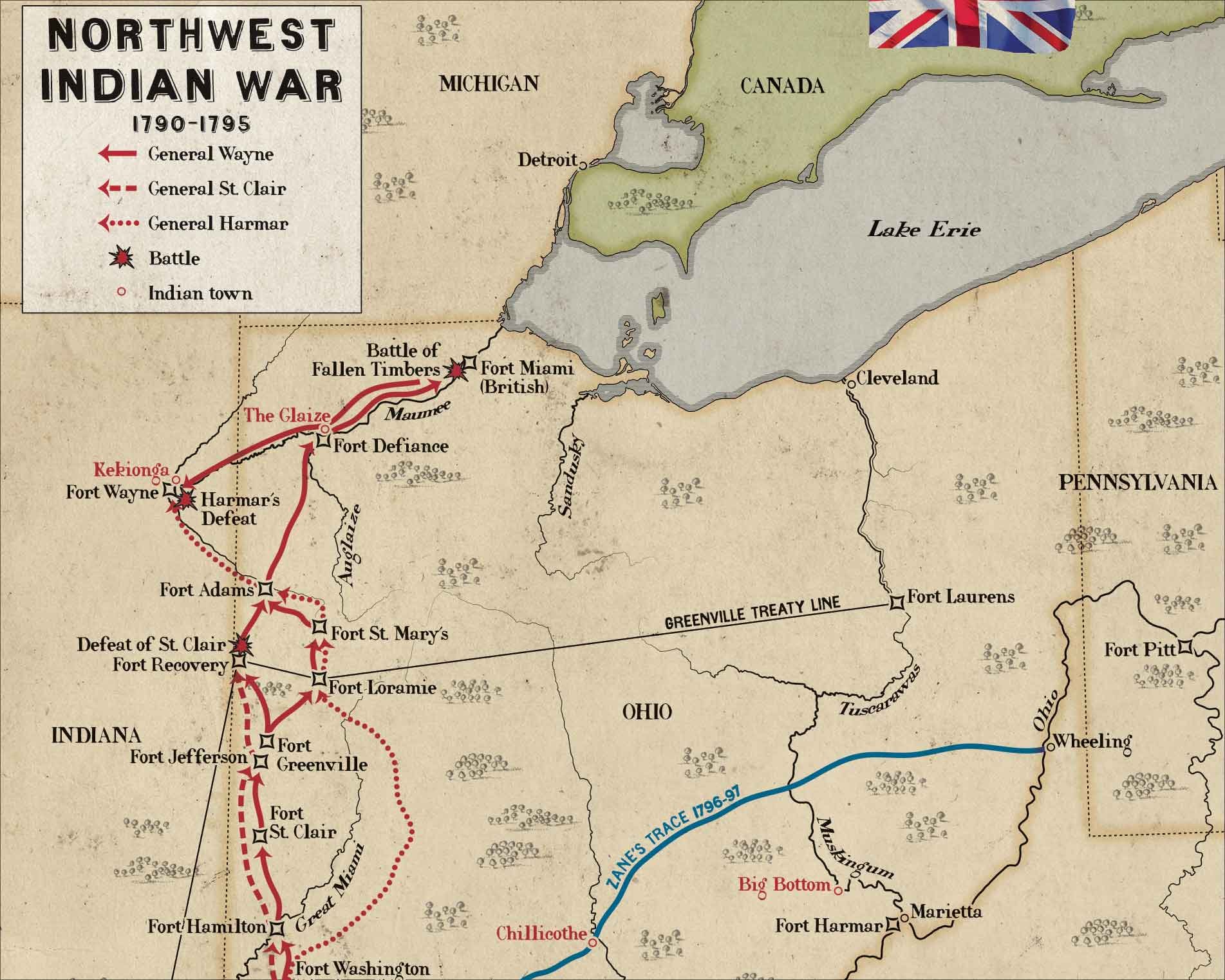
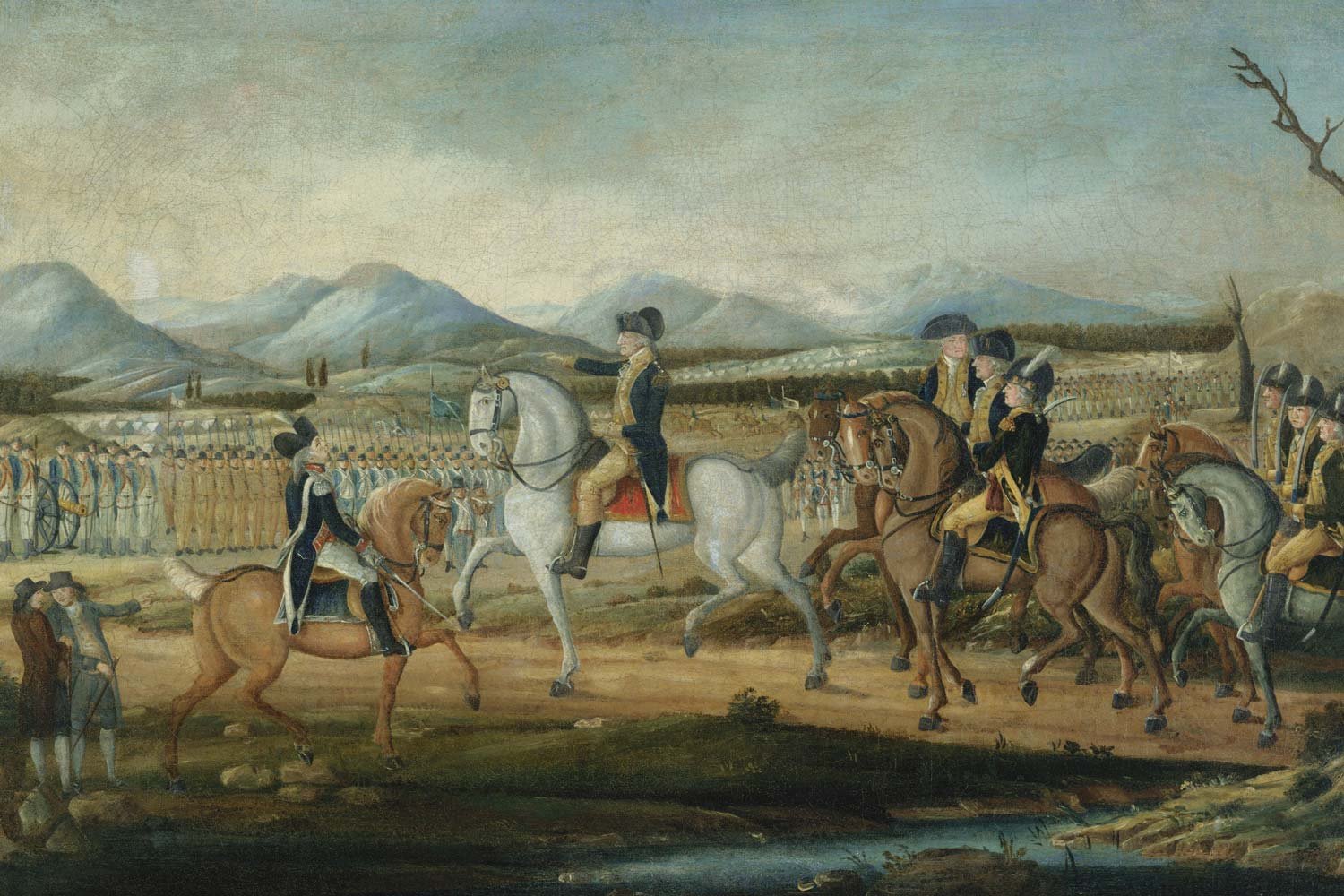
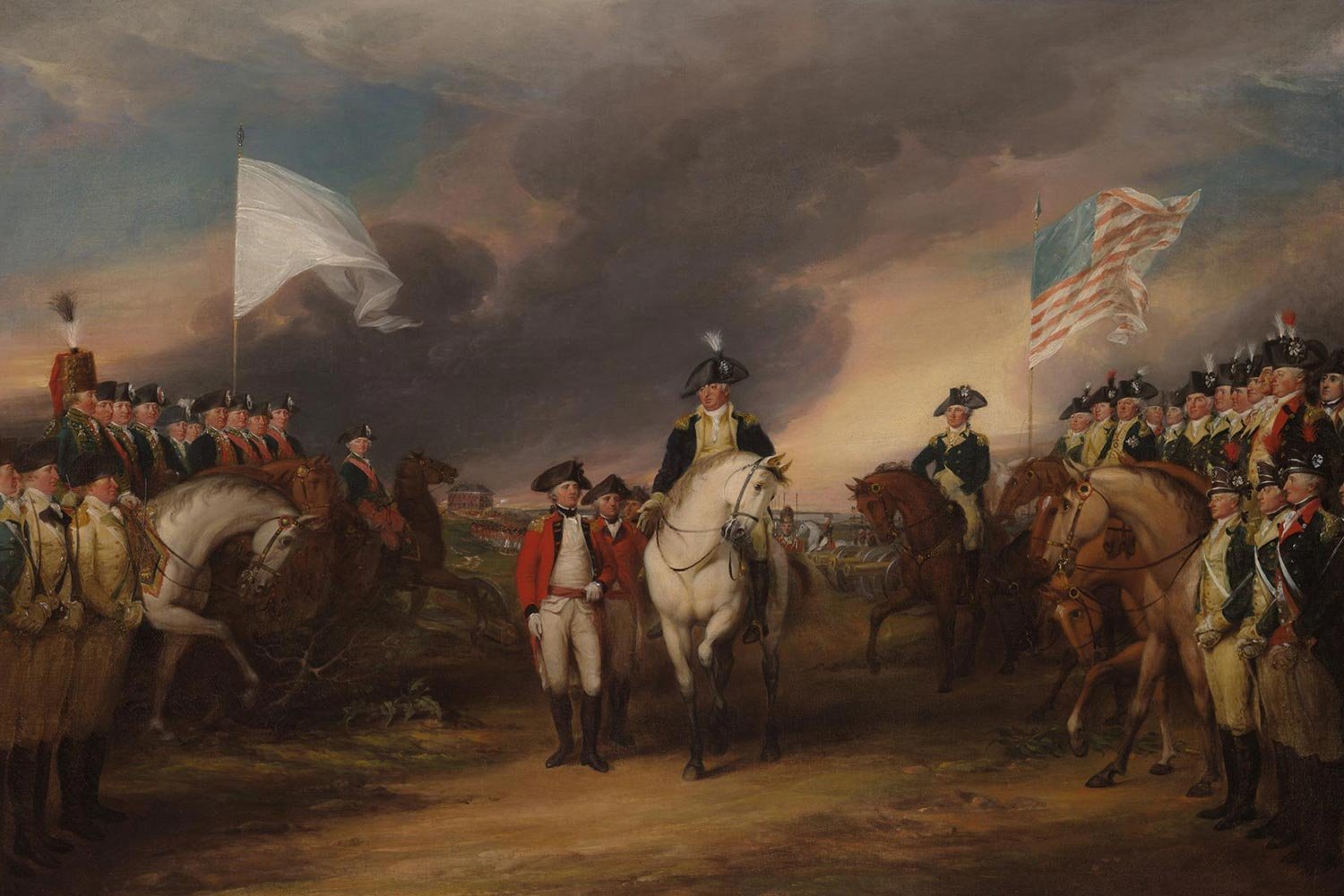
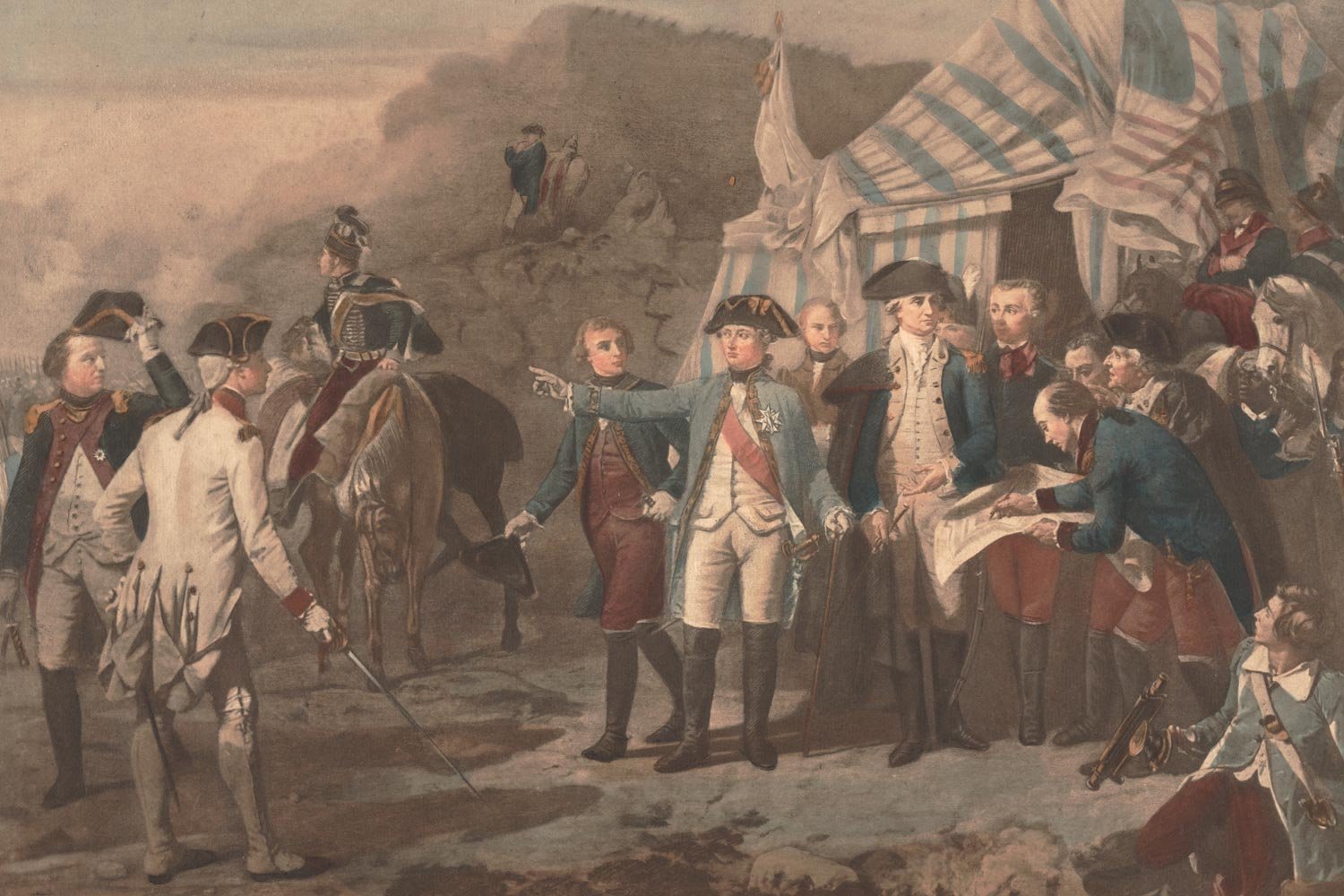
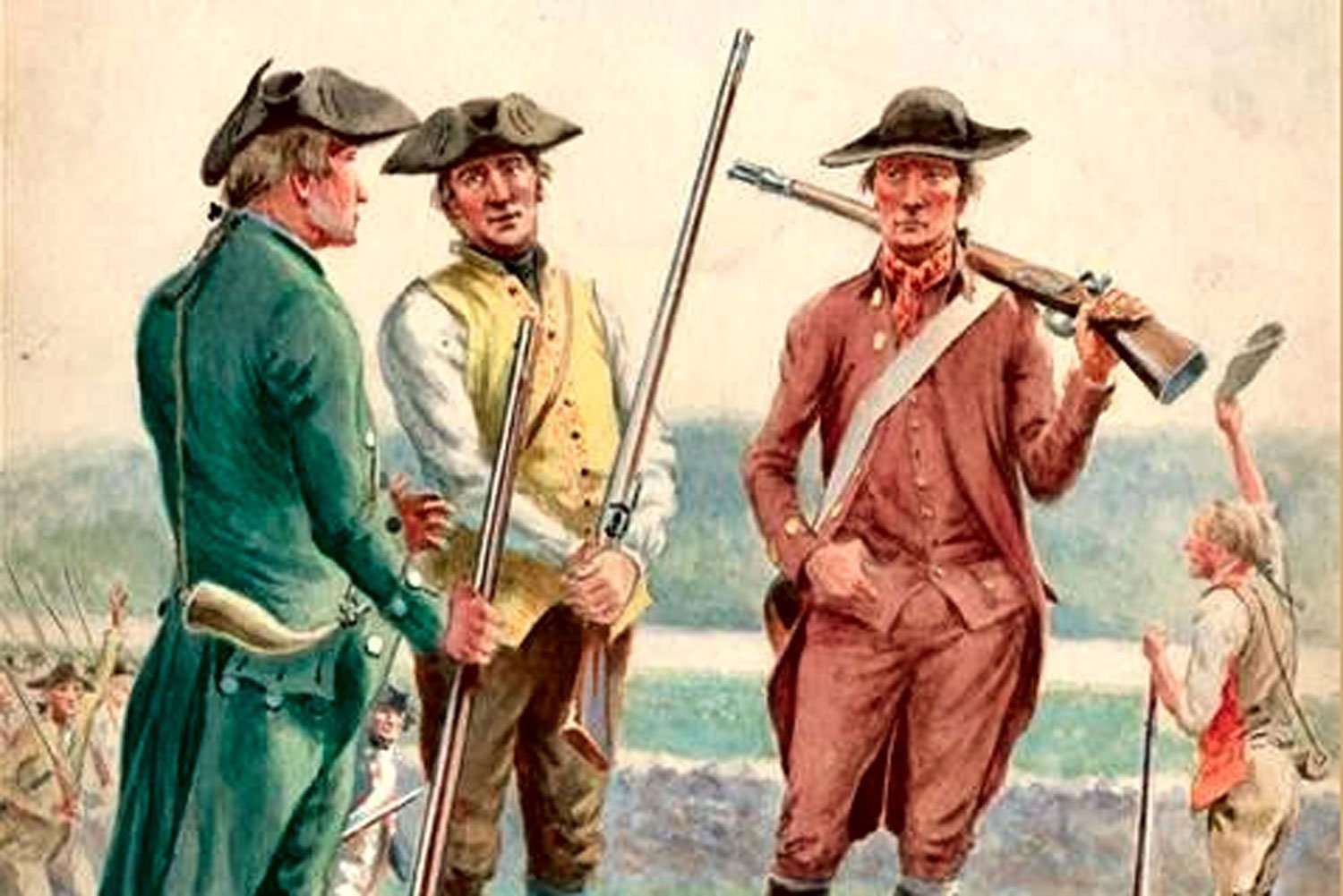
The only fighting in the Quasi-War occurred at sea, and mostly in the Caribbean. But with war at a fever pitch and French interests so close by in Louisiana, there was a very real concern in Congress about a possible French invasion of the United States from the west.